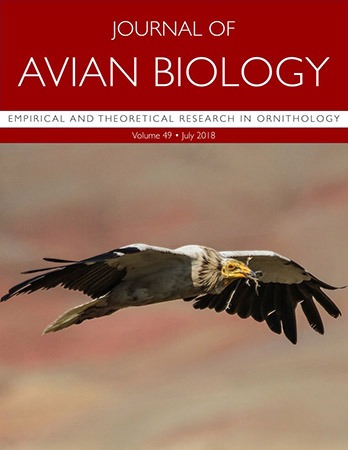
Biology Under Cover
Selected Journal & Book Covers from SBS Faculty
"Identifying critical migratory bottlenecks and high-use areas for an endangered migratory soaring bird across three continents"
Evan R. Buechley, Cagan H. Sekercioglu
Summary
Migrant birds face a number of threats throughout their annual cycle, including persecution, collision with energy infrastructure, and habitat and climate change. A key challenge for the conservation of migrants is the identification of important habitat, including migratory concentration areas, because species survival rates may be determined by events in geographically very limited areas. Remote-tracking technology is facilitating the identification of such critical habitat, although the strategic identification of important sites and incorporation of such knowledge in conservation planning remains limited. We tracked 45 individuals of an endangered, soaring migrant (Egyptian vulture Neophron percnopterus), over 75 complete migrations that traversed three continents along the Red Sea Flyway. We summarize and contextualize migration statistics by season and age class, including migration start, midpoint, and end dates, as well as linear and cumulative migration distance, migration duration and speed, and route straightness. Then, using dynamic Brownian bridge movement models, we quantified space use to identify the most important migratory bottlenecks and high-use areas on the flyway.
These areas each accounted for 20% of all tracks passed through bottlenecks, and > 50% of the overall vulture time spent on migration fell within high-use areas. The most important sites were located at the southeastern Red Sea coast and Bab-el-Mandeb Strait (Saudi Arabia, Yemen, Djibouti), the Suez Canal zone (Egypt), and the Gulf of Iskenderun (Turkey). Discouragingly however, none of the area within the major migratory bottlenecks was protected and < 13% of the high-use areas were protected. This demonstrates a very concerning gap in the protected area network for migratory soaring birds along the Red Sea Flyway. Because reducing threats at migratory concentrations can be a very efficient approach to protect populations, our work provides clear guidelines where conservation investment is urgently needed to benefit as many as 35 migratory soaring-bird species that regularly use the Red Sea Flyway.
